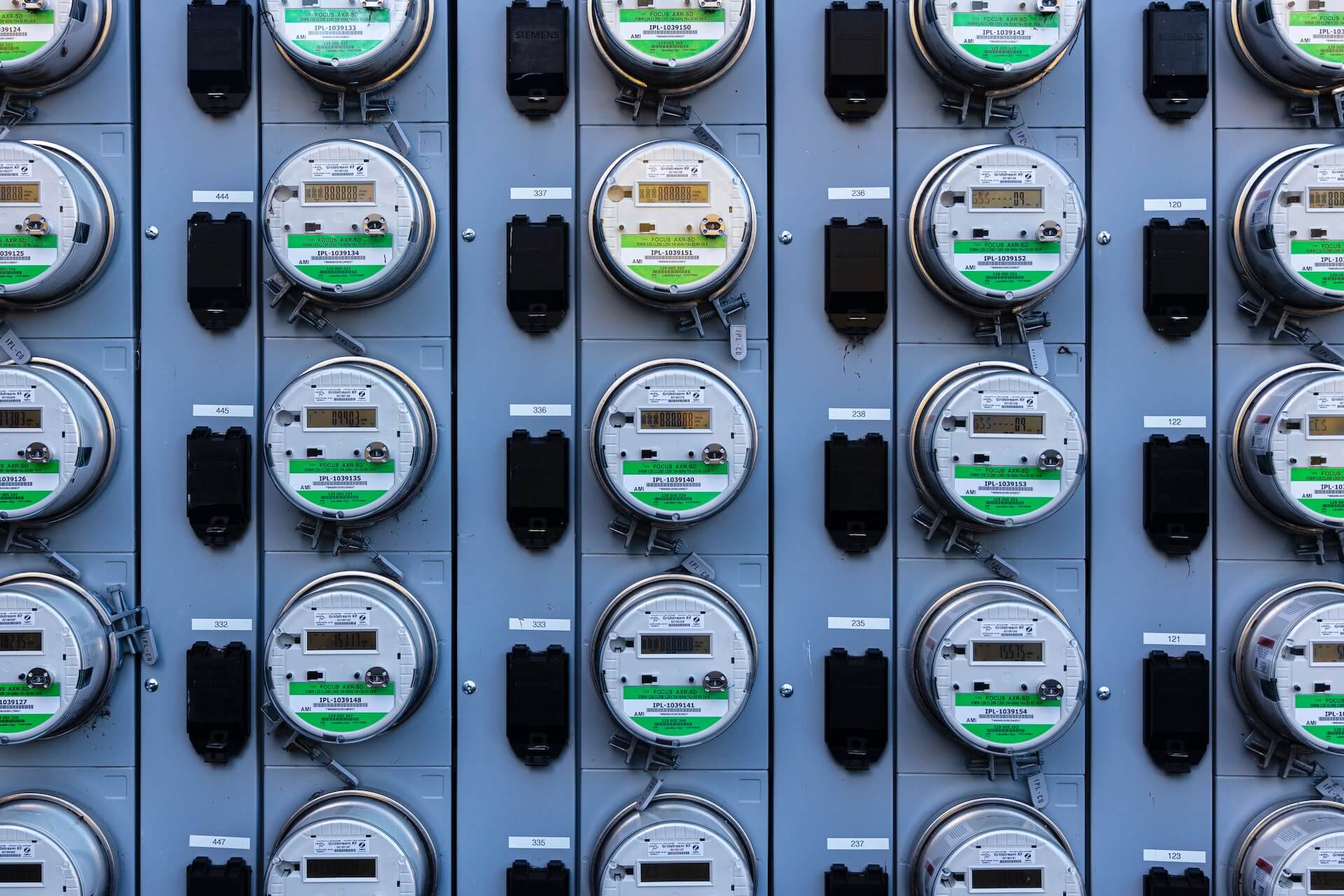If you punch in “outage map” in a search engine, you will get a series of maps, ranging from the entire country to state by state and even smaller jurisdictions. These maps show electrical outages across the United States and territories, and they are within 10 minutes of actual time. The data come from the electrical utilities.
The maps are enlightening. At this writing, there are some areas in the dark in Michigan and California. More outages appear on the maps as severe weather sweeps across the country.
Today’s outages are all weather-caused. But in just a few years, they will reflect something else, something more ominous: shortages in the available amount of electricity. They will occur when demand begins to outstrip supply, as it frequently does in some developing countries.
The nation is in the grips of two great transitions: a transition from fossil-based generation (coal, natural gas and some oil) to renewables (primarily wind and solar) and a transition to electricity, especially in transportation with electric vehicles.
We are in a rush to electrify to reduce carbon emissions.
There are an astounding 3,000 utilities, ranging from very small public and rural electric cooperatives to very large, investor-owned firms like the Southern Company and Exelon.
These make up the electric supply system, which has been described as the world’s largest engine. They all work together with surprising unity and are variously connected to the three electric grids, the Eastern Grid, the Western Grid and ERCOT, the free-standing Texas grid.
Their challenge isn’t only where will the power come from but also whether there will be enough transmission to move it to where it is needed?
Duane Highley, CEO of Tri-State Generation and Transmission Association Inc., an electric cooperative in Westminster, Colo., told me that adding two electric cars to a family home can raise electric consumption by as much as 40 percent.
Many utilities, including those in rapid-growth states like Texas, are counting on distributed generation, which is when the utility enters into contracts with its customers to share the burden. This can involve agreements with incentives to allow the utility remotely to turn off certain functions during peak hours and buy power from its customers if they have rooftop solar installations or backup generators.
After Texas was felled by Winter Storm Uri in February 2021, many electric customers are turning to generators and rooftop solar to protect themselves, said David Naylor, president of Rayburn Country Electric Cooperative Inc. in Rockwall, Texas.
Faced with a growth rate that has been as high as 8 percent and 9 percent in recent years, Naylor is vigorously pursuing distributed generation.
In the electric utility industry, distributed generation is spoken of as “the first step in the virtual power plant.” In Connecticut, two pilot projects — promoted by SmartPower, a nonprofit green energy concern, where a utility, Eversource, and Connecticut Green Bank — are helping customers install solar power and a substantial battery. In return, the utility acquires the right to draw down from that battery on certain days at times of high demand.
All of this will help, but it doesn’t overcome the fact that between now and 2050, a target year for carbon reduction, electricity demand will double in the nation, according to many experts, and there is no way that demand can be met on the present generation and transmission trajectory.
The biggest frustration in the industry isn’t siting new wind farms and solar plants but building new transmission to move electricity from the resource-rich areas where, as Tri-State’s Highley says, “the wind blows and the sun shines,” such as the Western states, to where it is needed.
With money pouring out of the Department of Energy for projects, the problem isn’t money but selfishness — selfishness as in “not in my backyard.” No one wants power lines, just the power. And everyone wants more of it.
The fact is that if the nation continues to electrify at the present rate, shortages could begin at the end of the decade and worsen as the century rolls on.
Those outage maps might become must-watching — until the power for our computers fails, and your region gets color-coded on the outage map you can’t see.

 Follow
Follow
The focus on transmission instead of onsite, rooftop generation coupled with making buildings more energy efficient is a big mistake. New transmission lines will meet opposition, guaranteed. Rooftop PV and storage, aggregated at the city block level via Microgrids is an alternative path. Unfortunately I don’t see this happening despite the grids vulnerabilities to disruption either from storms, cyber, EMPand CME’s.
“Electrifying” is NOT the problem Not Investing in the transmission lines and the technology and Legislation to take advantage of the “distributed energy sources” is The Problem.